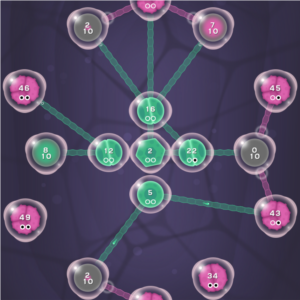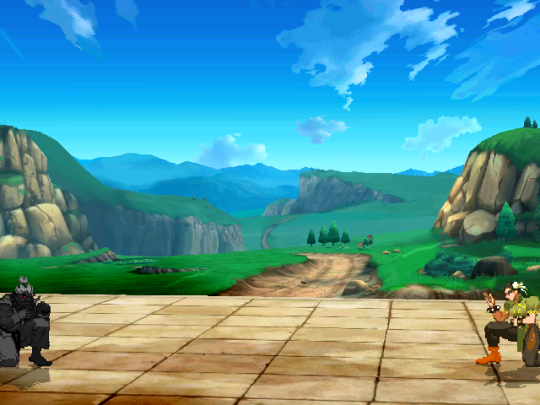Cell Game
State-of-the-art cell craft game. Germs and hygiene game. Germ Microbe Hunter Game. Teaching Children about Germ Game. Bacteria Germinater Game. Virtual reality cell Explorer game. The Virtual Cell. Cells are the starting point. Exploring the cell through gaming. Build a cell, fight off viruses, survive harsh worlds, and save the Platypus species! This game was made possible by a grant from the Digital Media & Learning Competition. The goal was to make a truly educational game that was also genuinely fun to play. We hope students, teachers, and gamers will.
- About
- Teachers
- Administrators
- Parents
- Learn
In this series of games, your students will learn about the different organelles in the cell and the functions they perform. The Parts of the Cell learning objective — based on NGSS and state standards — delivers improved student engagement and academic performance in your classroom, as demonstrated by research.


Scroll down for a preview of this learning objective’s games and the concepts they drive home.
Cell Game Camera Reviews
Concepts Covered
Cells contain specialized structures, called organelles, that perform specific functions. Prokaryotic cells, like bacteria, do not have many organelles, while eukaryotic cells have defined organelles. All cells have a semi-permeable cell membrane that lets them absorb nutrients and get rid of waste.
Cell Game Camera
The nucleus is an organelle that contains the cell’s genetic information, DNA. It serves as the command center of the cell.

Mitochondria generate the energy the cell needs to perform its functions. They are commonly known as the “powerhouse” of the cell.
Ribosomes create proteins necessary for the cell to function. They float through the cytoplasm or are attached to the rough endoplasmic reticulum (ER).
The rough ER, with ribosomes attached to it, is the site of protein synthesis. The smooth ER makes hormones and stores and synthesizes lipids.
The Golgi apparatus packages substances like proteins that are needed elsewhere in the cell or in the body and sends them there.
Lysosomes contain enzymes that help the cell’s digestive processes.
A preview of each game in the learning objective is found below.

You can access all of the games on Legends of Learning for free, forever, with a teacher account. A free teacher account also allows you to create playlists of games and assignments for students and track class progress. Sign up for free today!
The buttons at the top let you switch between an animal, plant, and bacteria cell. Use the Zoom In button at any time to see more detail, or activate the Inspect button, then click on a cell part to learn more about the different parts of the cell.
Your goal is to identify all the parts of the cell listed in the blue box. To identify a part, activate the Select button then click on a part of the cell. To move the cell inside the viewer, de-activate the Select button, then click and drag over the cell. To change the magnification of the cell, click the Zoom In/Out buttons. If you want to play the game with different cell types or at a different difficulty level, return to the menu and select new options.
Select the cell parts involved in the pathway taken to create and deliver a protein to a destination. Start with DNA, which holds the instructions for proteins. Proteins have many destinations, but you will select the path of a protein headed for the cell membrane. Make sure to include every part involved (in order), whether it actively creates protein or whether other cell parts travel through it as part of the process. If you want to play the game with different cell types or at a different difficulty level, return to the menu and select new options.